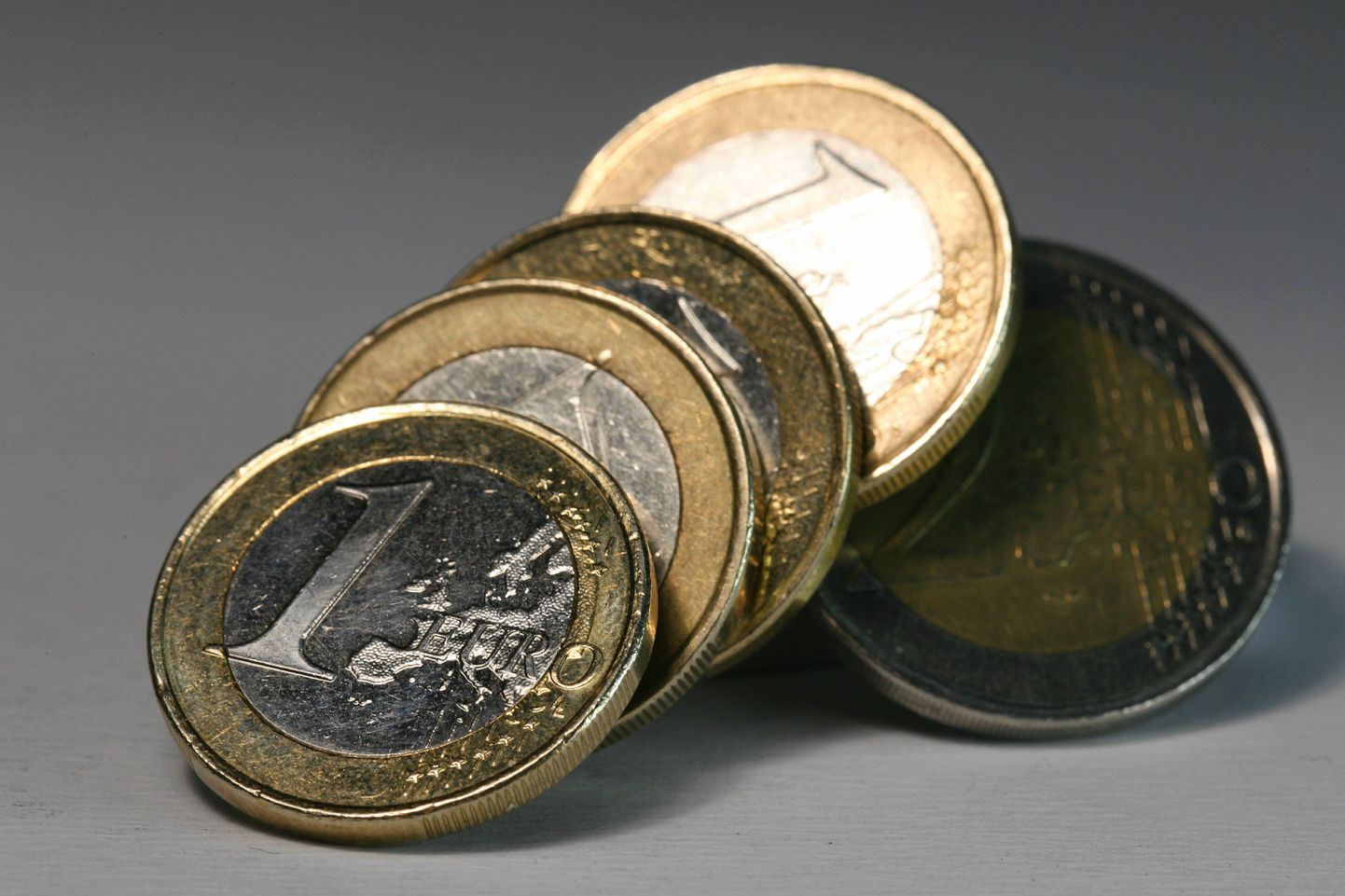
Revealed yesterday, Estonia’s economic growth for first quarter fell short of predictions by economists. At least till end of year major acceleration looks elusive.

Revealed yesterday, Estonia’s economic growth for first quarter fell short of predictions by economists. At least till end of year major acceleration looks elusive.
«Based on existing data on the first months of the year and the worsening confidence among entrepreneurs, finance ministry assessed that deceleration was to be expected, but it happened on a broader scale than we foresaw,» commented finance ministry fiscal policy analyst Kristjan Pungas.
Statistical Office initial data say the Q1 rise was 1.2 percent. In the three months before, the growth percentage was 2.3–3.0. Worse growth was only served by first quarter of 2014 – 0.5 percent.
As we remember, a year ago it was initially announced by Statistical Office that Q1 saw economy shrink by 1.4 percent, and only after national accounts methodology was altered the growth was reassessed to be in the positive. Considering the low base a year ago, the growth of a bit over a percent seems rather wimpy.
Eesti Pank economist Kaspar Oja said the decline from Q4 is somewhat due to rouble weakening regarding euro last November and December.
«Russia’s effect on Estonian economy as a whole is small, but then the exports into Russia have shrunk by a half. The effect is felt in branches that were exporting mainly to Russian market or mediated goods to that direction,» explained Kaspar Oja. «That is also reflected by the fact that, in first quarter, the transport sector was biggest brake applied to economic growth.»
Export growth drops also
Mr Oja said rouble rate effect is shown in industrial enterprises increasingly sensing a drop of competitiveness outside the eurozone in January. As rouble rose regarding the euro in Q1, April had more companies sensing improvement of competitiveness. After the initial shock of the rouble drop, export into Russia is gaining momentum again.
Swedbank chief economist Tõnu Mertsina said the lower economic growth was mainly due to the slowing export growth, as well as shrinking of investments.
«While processing industry had the greatest input into economic growth, the branch grew slower than in second half of last year. As we know, processing industry is dependent on exports. On the one hand, export was pulled down by the significant shrinking of export to Russia, but it was partially compensated by the rapid rise of electronic products,» explained Mr Mertsina. The input of electronics into export growth and overall economic growth is rather big. Regrettably, however, this year export of electronics has gone into decline, as orders have dropped.
«A large part of electronic products production and export growth comes from one company. As shown by recent history, its strong growth may not be constant as depending on global market demand and competition conditions. Therefore, the long-term input of that product category into Estonian economic growth is quite uncertain,» added Mr Mertsina.
Two percent this year
For this year, both Swedbank and Nordea predict economic growth of two percent.
Swedbank thinks foreseeable future will see continually significant shrinking of exports to Russia. Meanwhile, gradually Estonian enterprises have increased exports to other nations – mainly to Sweden, but also to Holland, USA, Poland and Spain.
Without significant rise of electronic product orders, this will have a negative effect on our export (mainly regarding Sweden), as well as the economic growth. Though foreign demand will remain lower than last year, the situation is still somewhat more optimistic that just a few months ago – in Europe, economic growth has begun to speed up, offering more opportunities to our exporters.
Nordea Bank chief economist Tõnu Palm said that private consumption’s strong growth of about five percent will probably last for the first half year, and then start to slightly slow down as affected by budding price rise.
Mr Palm went on to say that in European terms Estonia will keep growing moderately. «Such 1–1.5 percent added value growth as seen in these past years serves as motivator for developing new sources for growth,» said Mr Palm. «If would be good if these were centred on export and investments, as consumption growth can’t grow long-term at this current pace.»